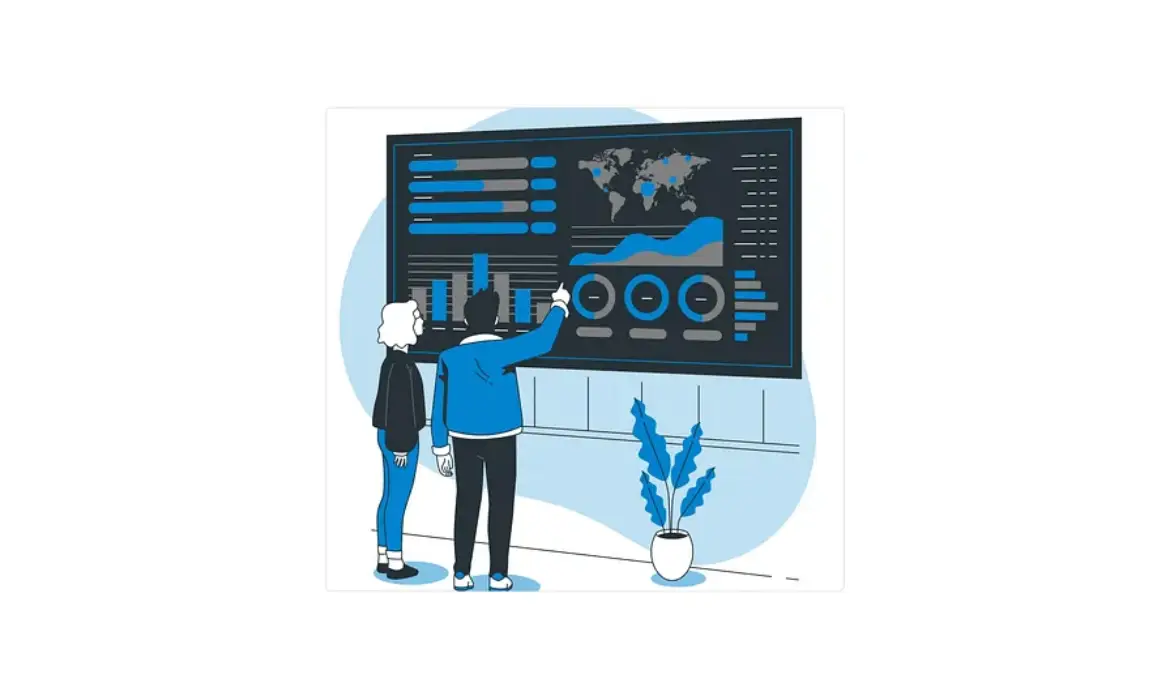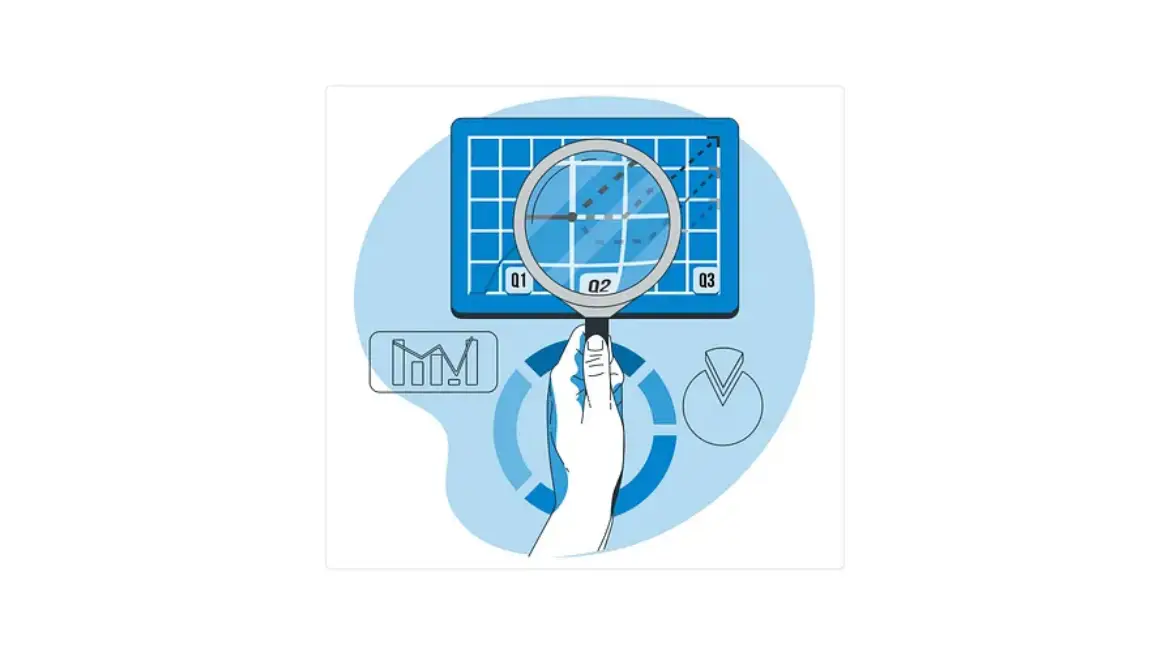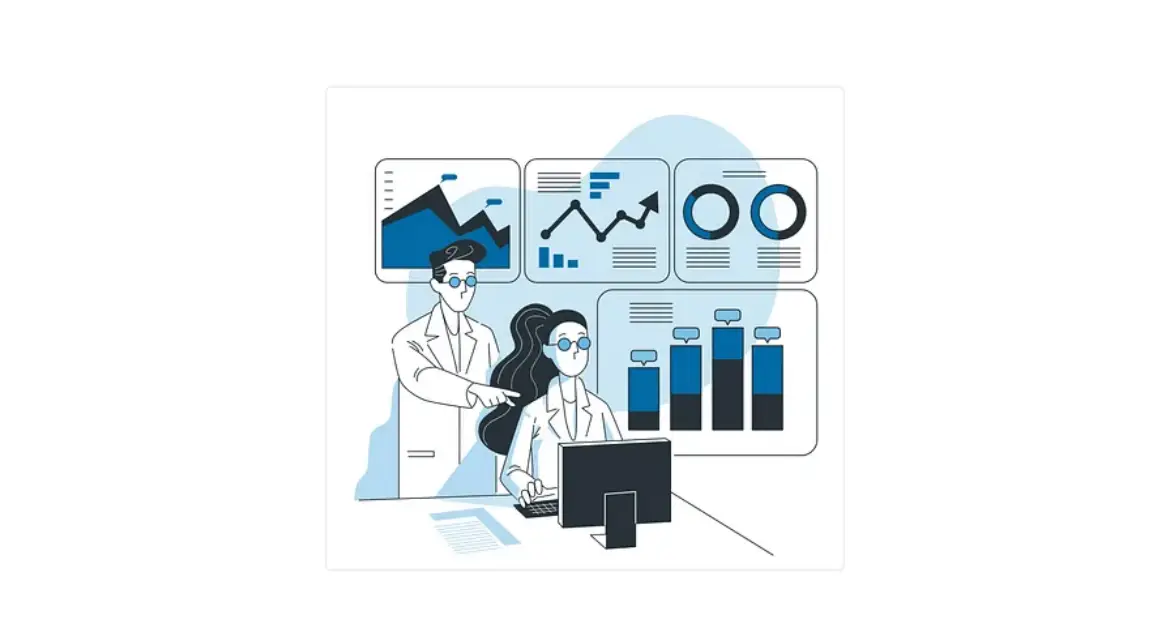Join As Students, Leave As Professionals.
Develearn is the best institute in Mumbai, a perfect place to upgrade your skills and get yourself to the next level. Enroll now, grow with us and get hired.

Will Data Analysts be Replaced by ChatGPT or AI?
Explore the advantages and limitations of artificial intelligence (AI) in data analysis. Discover how the synergy between humans and AI can unlock the full potential of data-driven insights, bridging the gap between technological capabilities and human expertise.
Chatgpt
Data analysts
Data science
Develearn Technologies
3 minutes
May 21, 2021
Introduction

Discussions concerning the possibility of replacing human data analysts with AI have been raised by the emergence of sophisticated artificial intelligence (AI) models as Chat GPT. Data analysis is a broad field that calls for a blend of technical proficiency, analytical thinking, and subject-matter knowledge. Although Chat GPT and AI have made considerable progress in automating data processing and analysis, the issue of whether they can actually replace data analysts still lingers. In this blog, we’ll examine the benefits and drawbacks of artificial intelligence (AI) for data analysis and examine how humans and AI may work together to fully realize the promise of data-driven insights.
The Advantages of AI for Data Analysis

A number of benefits to data analysis are provided by AI, which is driven by sophisticated algorithms and computer capacity.
Scalability and Processing Speed: AI can handle enormous volumes of data fast, allowing for speedy analysis and producing insights in real-time. Large datasets may be handled without difficulty while maintaining accuracy and speed.
Pattern Recognition and Data Exploration: AI algorithms are excellent at seeing trends and patterns in large, complicated datasets, often exposing information that human analysts would miss. Data exploration activities including finding connections and correlations may be effectively completed by AI.
Automation of Routine operations: AI is capable of automating repetitive data analysis operations including data purification and visualization. This frees up the time of human analysts so they may concentrate on more in-depth analysis and decision-making.
The AI’s Data Analysis Limitations

Despite its advantages, artificial intelligence cannot fully replace human data analysts due to the following reasons:
Contextual Understanding and Domain Knowledge: AI models struggle to analyze data inside a particular industry or commercial setting because they lack contextual understanding and domain knowledge. Deep domain knowledge is possessed by human data analysts, who may use this knowledge to get insightful conclusions.
Intuition and Creativity: Data analysis often calls for intuition, hypothesis-forming skills, and creative thinking. These cognitive skills, which are presently unique to humans, are essential for deriving insights from data.
Ethical Considerations and Decision-Making: Human data analysts are aware of the moral ramifications and possible biases of data analysis. They can assure responsible and ethical analysis and make knowledgeable judgments on how to handle sensitive data.
The Collaboration of AI and Humans in Data Analysis

It is more beneficial to think about AI as a potent tool that enhances human data analysts’ talents rather than as a substitute for them. When analyzing data, the collaboration of humans and AI may provide better results:
Automation of Data Preprocessing: AI can automate data preprocessing operations like feature engineering and data cleansing. Human analysts may now concentrate on more in-depth evaluation, interpretation, and decision-making.
Insights and Pattern Recognition: AI systems may aid human analysts in identifying connections and relationships that may not be immediately obvious by helping them find patterns and trends in complicated information. These findings may then be verified and contextualized by human analysts, confirming their applicability and veracity.
Contextual Understanding and Expertise: When analyzing data, human analysts offer their topic expertise, professional experience, and contextual understanding. They are able to assess data from a wider angle, taking into account corporate objectives, market trends, and particular industry peculiarities. By offering data-driven insights that people may have overlooked, AI can supplement this knowledge.
Intuition and Creative Problem-Solving: AI may help human analysts by coming up with ideas and identifying probable patterns. After exploring and validating these ideas, human analysts may use their imagination, critical reasoning, and intuition to get a better knowledge of the data.
Ethical Factors and Responsible Analysis: Human analysts are essential to guaranteeing ethical data practices, data privacy, and responsible data usage. They are aware of the ethical issues and possible biases in data analysis. These issues may be actively monitored and addressed by human analysts, who can also make sure that the analysis complies with all applicable laws and ethical standards.
Conclusion
While AI has made great progress in data analysis, with models like Chat GPT, it cannot completely replace human data analysts. The proficiency and contextual awareness that human analysts bring to the table are complemented by the speed, scalability, and pattern detection characteristics of AI. Data processing, pattern identification, and hypothesis development are all made more effective by the collaboration of humans with AI in data analysis. Human analysts may now concentrate on more in-depth analysis, critical thinking, and decision-making. Organizations may realize the full potential of data-driven insights and take well-informed choices that promote economic success by combining the talents of people and AI.




